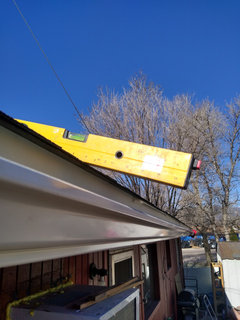

Drip edges can come in virtually any color, but the most common colors are neutrals like white, black, and brown. This prevents rotting of the fascia board, which holds up the gutters and keeps them from falling down onto your roof system. Its purpose is to filter out water from the roof by directing it away from the fascia board and into the gutter. The face of the metal drip edge must overlap the gutter so that water doesn’t fall into the gaps in between. A roof drip edge is a piece of T-shaped metal that gets installed along the outer perimeter of the roof of a house and essentially creates a watertight seal around the roof edge. Some states require drip edge installation, while others only highly recommend it. Drip edge flashing is an important part of the home, but it is not always installed at a home’s initial construction. Its purpose is to direct water away from the internal areas where it shouldn’t be, which helps protect your existing roof from damage and potential rotting due to water penetration. Drip edge is a type of metal flashing that prevents moisture from getting in at this vulnerable point. This is where what we call a “drip edge” comes in handy. One of the most common causes is a lack of proper protection along the roof shingles where your roof edge meets your house. They both prevent water from flowing under your shingles-but what’s the difference between them? What is Drip Edge? There are many different things that can contribute to water leaking into your home and causing damage. Gutter apron and drip edges are two types of flashing that are designed to protect the edge of your roof, where the shingles come to an end. Flashing is a thin layer of metal sheeting that directs water away from vital areas of your roof, such as seams and joints where moisture could seap in and cause insidious damage.

Another lesser known but equally important component is metal flashing. Gutters are only one part of your roof’s protection system. Gutters protect your roof and walls from water damage by catching rainfall and diverting it through downspouts and onto the ground. He task of a gutter is simple enough: to direct water away from your house.


 0 kommentar(er)
0 kommentar(er)
